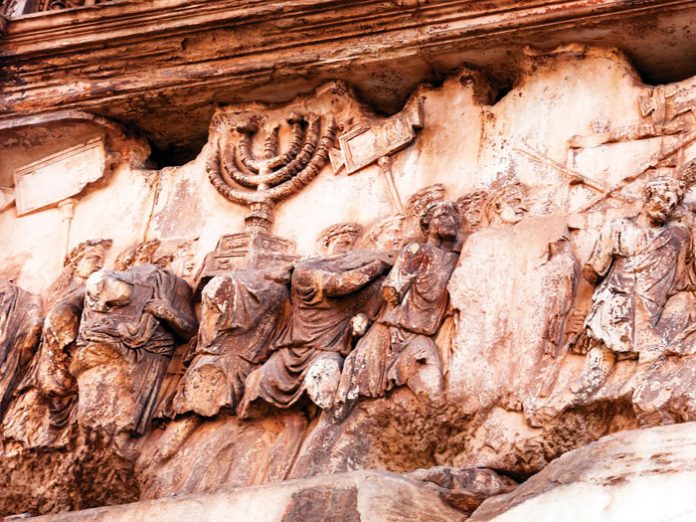Up until the age of nine, I lived in a world where the Beit Hamikdash—the Holy Temple in Jerusalem—actually existed. Like my parents and teachers, I believed that the Second Temple stood in its place in Jerusalem and was literally made of pure gold. I grew up hearing about the kohanim—holy priests—and how they worked in the Temple. I fell asleep listening to stories about the halo hovering over Jerusalem, and about Jews who merited to dwell in the Holy City cloaked in white garments—people blessed with pure hearts, clean thoughts, and devoid of sin. Overhead, I would imagine the Shechinah—the Divine Presence—as angels.
Deep within Ethiopia, my family and I, along with our neighbors from the Beta Israel community, hoped to merit to return to Jerusalem one day. We prayed and performed customs that expressed our yearning for Zion. When we slaughtered livestock, we would turn the animals’ heads towards Jerusalem, and whenever we noticed a flock of storks above our fields, we would chant a song in which we requested that the birds deliver our prayers—the hope to return to our homeland.
We knew that the First Temple had been destroyed. During the first 17 days of the month of Av, we would fast during the daytime. We chanted special lamentations in Amharic, and practiced other customs of mourning prevalent among many Jewish communities. We even continued ritual sacrifices as a distant memory of the Temple times.
How strong was our belief in the sanctity of Jerusalem in our homes in Ethiopia!
The most powerful educational concept that resonated within children and adults alike in Ethiopia, passed down from generation to generation, was awareness of the need for us to safeguard the purity of our hearts and deeds in order that we would one day be worthy of entering Jerusalem—Heaven on earth.





















